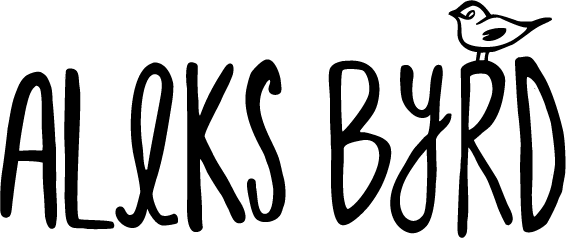Tradition in Knitting
Beginning my research for inspiration (photos, illustration, knitwear and colourwork patterns, knitwear/ textile history) has brought up the interesting subject of "tradition" and "origin". My plans are to create knit textiles inspired by elements of nordic culture including tapping into the rich knitting culture in this part of the world has.
It is interesting to see that with a handcraft that is to tied to tradition how that can either hinder or elevate a designer. So many of the patterns that have inspired me starting with those from Estonia ( my cultural background) to further places like Shetland, have their unique differences but also interesting similarities. These are places in which patterns traveled like goods across the seas by ship. But are these 'traditional' patterns really unique to a place of origin?
I first fell on this topic reading an essay, From Selbu to Scalloway via Whalsay and Lerwick: Tracing the so called 'Churchill' pattern by Carol Christiansen in Shetland Wool Week 2017 Annual. In the essay she discusses the origin of a star and arrow motif that has been used, reproduced, and reinterpreted so many times that it has become 'timeless' because of its wide spread appeal and obscured,forgotten origin.
Another knit designer, Kate Davies, researching in this field fell upon similar conclusions obscured origins.
As my research has progressed, I’ve come to realise that all of the national or regional knitting styles I’m interested in have a relatively short history, and all are connected, in one way or another, to each other. I have started to think it is more useful to speak of of a fluid set of Nordic regional textile practices rather than national “traditions”.
Looking further into this issue of tradition and pattern origin and this burgeoning concept of fluidity in tradition. This excellent excerpt from KnitBritish quoting Hamish Henderson on their blog
Tradition is a carrying stream, it begins along its path; it ebbs and flows; it surges in places and dams in others; it cuts through new banks and all the while it accumulates and also beaches flotsam along the way. Tradition is fluid. It has a point of origin, but often this point is unknown and we can only trace it back to one of the bends in stream where it can be so different from where it first began.
This quote alluding 'tradition' to a stream is similar to how in history these 'traditional' patterns were carried across a larger sea from land to land.
While all this can seem equally discouraging and intriguing in researching for design, I think it's important to know about where traditions come from and equally how they can be interpreted to relate to present day. This quote from Gary West's Voicing Scotland: Folk, Culture and Nation from KnitBritish blog I think sums this up exquisitely.
Change within tradition tends not to be revolutionary , or even rapid, but incremental, considered, evolutionary. That is not to say that radical new ideas or approaches do not appear within a tradition on occasions. They do, but time tends to be a judge, the barometer of acceptability, the arbiter of taste. Roots are important, as is an appreciation of where things come from, where we stand within the stream and how to use that knowledge to create fresh and meaningful art going forward. Tradition, then, can be of great use in a liquid modern world, a questioning, solidifying force […] it can still help us to move forward, to move positively and to embrace the future with the confidence that comes from knowing where we’ve been.
With that I'm taking into account where I'm sourcing my 'traditions' from into the development of my practice to appreciate the history, unique qualities and interconnectivity as well asshowcase it a new thoughtful interpretation connected to where we are today.
References:
Christiansen, C. (2017) 'From Selbu to Scalloway via Whalsay and Lerwick: tracing the so-called 'Churchill' pattern', Shetland Wool Week Annual 2017, Volume 3, pp. 72-76.
Davies, K. (2014) 'Knitwear and Cultural Relativism', Kate Davies Designs, 14 October. Available at: https://katedaviesdesigns.com/2014/10/14/knitwear-and-cultural-relativism/ (Accessed 9 October 2017).
Scollay, L. (2014) 'Origin & Ownership: thoughts on Fair Isle knitting', KnitBritish, 19 March. Available at: http://www.knitbritish.net/origin-ownership/ (Accessed 9 October 2017).
